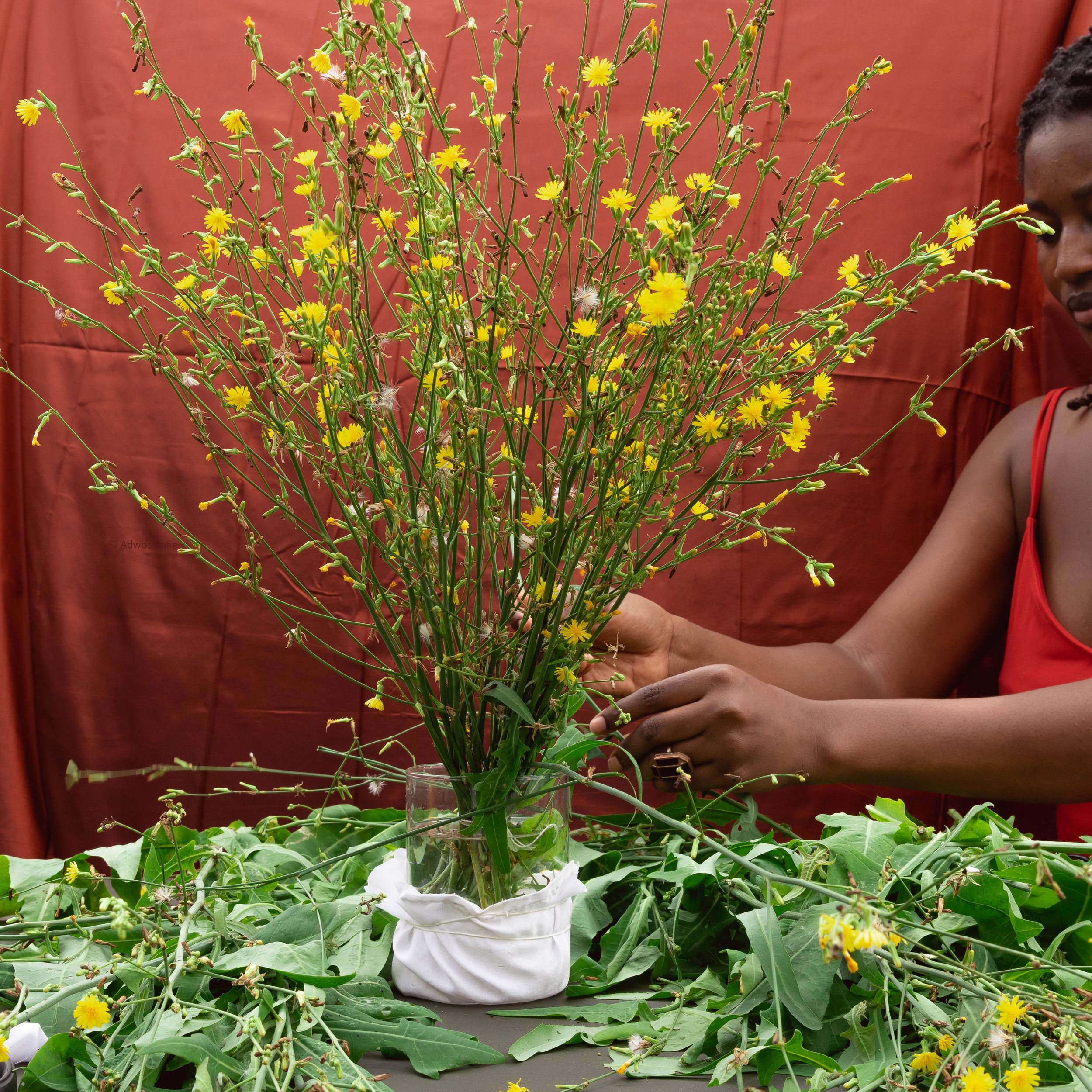The Way We Eat Has Changed
The way we eat has changed and will keep changing. Ingredient availabilty, urbanisation and population growth has affected how we cook and how we eat. Everyday, over a million people migrate to different parts of the world. Towns are opening up and with these come familiar and not so familiar ingredients and also pressure on ecosystems. This has affected the quality and integrity of foods. Processes that would take weeks before are being condensed in days or even mere hours. This means less flavour in these food products.
A decade ago it would take a couple of days to weeks to make Momoni; a fermented fish that adds so much flavour and umami to food. Now it can take up to a few days. Traditionally momoni is made by fermenting fish in a warm place. You add a lot of sea salt to inhibit bacteria growth and set aside in a warm place and allow nature take it course. What is happening now is that people have umped up the heat to increase the pace of the fermentation process. There are far too many people to feed and very little time to consider the integrity of these ingredients. The result, a fermented fish that smells rotten. It is important to note that momoni should never smell rotten but rather funky. The closest smell it can be likened to is fish sauce.
Another example is beans. Before it would take a couple of hours to fully cook beans. In fact in most households it’ll be soaked overnight to cut down on the cooking time. Now you need less than an hour to cook beans fully. This is not necessarily a bad thing, not for the millions of people who live a fast paced life and barely have the time to wait around for beans to cook. I promise, there are a thousand more fascinating things to watch than to wait for beans to cook. Less cooking time for beans means that there’s even less drying time and therefore a shorter shelf life but who cares? We can always buy more when we need to but can we? You want to make a traditional dish but don’t have an ingredient? Just substitute it for the closest ingredient you already have available.
Over the past few years there’s been intense pressure on farmers to meet the demands of the ever growing population. Global warming is causing a rackus. Rain doesn’t come when it’s supposed to neither does the sun. The soil no longer supports the crops like it used to. I mean who would? You too would need a break if you’ve been continuously used over the years with no reprieve. Remember crop rotation? Yeah me neither. Farmers are being forced to use copious amounts of fertiliser to increase yield. Crops grow faster and they go bad even faster. Tomatoes barely last a few days before they begin to rot. Close your eyes and eat a fresh tomatoes, you could be eating anything for all I care. There is barely any flavour in fresh produce. Barely any flavour in meats even. Everything no longer has any flavour.
I don’t have all the solutions but I think that we should start encouraging more people to grow a bit of what they eat. Some people don’t have the space to nor the resources and that’s why we desperately need community gardens. There are far too many people that the resources are being stretched too thin. This is not sustainable, not for humans and definitely not for the environment.





